A few months ago now, I convinced my partner that purchasing a new Xbox One was the right move to make, and although I’d had Xbox consoles in the past, this one would be the first “all digital” console I’d ever owned.
For many years now, I have had a love hate relationship with gaming, in that although I find it an enjoyable pastime, I am also driven to frustration by it.
Unlock-able levels, progression through games, the achievement of trophies and much more besides means that – at times – gaming has left me in equal parts elated and enraged. And although I fully recognise the general price of new release games haven’t risen that much in the past 20 years, in comparison perhaps to other entertainment mediums, I still feel rather upset if I purchase a title for £50 only to later find I can’t get past Level 1.
This is actually something of a shared experience I’ve inherited from my father. In 1991, he purchased a copy of ‘Terminator 2; Judgement Day’ published by Ocean on Commodore 64. I still have firm memories of the family gathering around to play the game at the time – I can’t have been more than 6 or 7 – and haunted by the lack of progression past Level 2, as John is chased by the T1000 into a storm drain. It never prevented me from (much) later enjoying the film, granted, but it was an early example of how sometimes a pastime can be the most frustrating thing in the world.
So, what has all that got to do with Digital Gaming?
Well, my Dad was a member of a social gaming network, and they frequently met to trade games or discuss titles between themselves. Long before the Internet, this kind of gathering was very much in the first person and a monthly basis in a local marketplace. But the format has not changed at all, since members often traded games with each other, sold the games they could not finish to other members and swapped solutions and cheat codes with each other. In the mid-90s, when PlayStation started to control the gaming stratosphere, rental titles at your local Blockbuster made it possible to enjoy a game for the weekend – and if you didn’t like it or couldn’t play it – you’d paid much less than you might to own it outright.
But, with the advent of the internet and the development of modern technology at the turn of the millennium, console giants began to create more complex and large-scale projects whilst traditional gaming mediums in the “real world” retreated. As the creation and licensing of big budget games became more expensive, studios and developers began looking at ways to save money. In truth, the production and manufacturing of games and their accessories (manuals, boxes etc.) and its subsequent shipping was a huge additional cost which, economically, it made financial sense to attempt to eradicate.
The first step was to digitise components of the game, and so you’d find that certain titles were released without a manual, or if they were – it was abridged – to use less paper and for it to weigh less (adding up each game and each box, that’s a substantial saving per thousand unit) and you’d often find this manual was included – in full – as part of the game on your system.
Thereafter, companies like Sony and Microsoft fixed their attention towards digital content, which could either add to a game, improve it after release (to fix bugs and tweaks) or which allowed a gamer to purchase a title in full without ever leaving the screen. Indeed, with modern upgrades and technology, it is entirely possible to begin packaging and shipping a game for release into the world whilst still working on the latest upgrade to solve the problem before anyone even receives it.
Whilst in the early 90’s the size of the add on contents file might have been more than sufficient to create 10 new Commodore 64 titles on floppy disc, this digital medium meant that hard drive spaces needed to increase exponentially to cope with demand. And where we would normally boot up the Commodore before dinner, with it ready to go when we had finished 20 minutes later, gamers began to express impatience if they needed to wait even a few seconds – Loading Screens and wait times becoming a new enemy.
Sony first attempted a digital only platform in 2009, with the PSP Go, which was a UMD less version of their popular handheld. Given the vast catalogue of games available to purchase on the store at that time – through PS3 and PSP – gamers were able to download and play a wealth of titles through the format. The Xbox 360, which had launched in Nov 2005, was arguably the first console after PC to bring digital gaming to the consumer in a big way – and Sony’s handheld was perhaps a trial run at how a digital only system would be consumed in the marketplace.
Fans reacted positively to the PSP Go, but negatively to the idea of losing their accumulated catalogues of PSP titles, ones which – like Final Fantasy 7 Crisis Core – were purchased physically and could only be played on UMD. Around this time, I bought my first digital content, a copy of Final Fantasy VII and Metal Gear Solid, the PS1 games I had loved so much, through PSN. Despite having a copy of both games on PS1, and the means to play them, their digital purchase meant I could play them portable on the system of my choice and that I could also use them with a more modern television. That purchase would, ultimately, also inspire me to sell a number of pieces of my collection – which were otherwise taking up space, when I later emigrated from Ireland to Scotland.
Now, back in 1991, my Dad would often – albeit frowned upon – purchase copies of games created ‘at a discount’. This made economic sense, and it was practical too, since (if you were not very good at a game) it took the sting out of a full price purchase. Modern technology means that gaming piracy has, to a large extent, been all but eradicated. And digital content has certainly helped with this. Developer sales and discounts, incentives online which avoid needing to include a retailer, mean digital content can often be more affordable than its physical counterpart beyond a certain point in the release cycle.
If gamers are saving money, that’s good news for gamers and good news for developers, with many indie composers relying solely on a digital platform – being unable to afford to create a physical product (at least initially) and hoping consumers will purchase their titles at a reduced or discounted price.
In the days of the ZX Spectrum it was often not uncommon for a game to have been developed by just one person using a home brew format, and digital content allows small development teams and lone individuals the chance – once again – to create truly great games that can be released in a mass market forum. One example of these titles is Rocket League, which itself is a sequel, released originally as Supersonic Acrobatic Rocket-Powered Battle-Cars on PlayStation 3 in 2008. What began as a small development team slowly grew – to the point that Rocket League itself received more pre orders than any other title when initially released on digital format – and is still being ported and having content developed for it today, over 5 years after its original release.
Personally, I’m not that fond of paying £50 for a digital copy of Resident Evil 3 (which I did recently) only to realise I’m unable to trade the title once completed, maybe helping me to purchase another game or make some money back. Capcom, the developers of the Resident Evil series, have been some of the most outspoken developers against second hand sales – going so far as to include a bug within games (see Resident Evil ‘The Mercenaries’ 3DS) preventing the deletion of save data. Although then Capcom VP Christian Svenson went on record to say this was not a business decision, many at the time felt it was a way to attempt to curb this kind of trade. Regardless of the reasoning, and probably because of the controversy, Capcom have not since repeated this move.
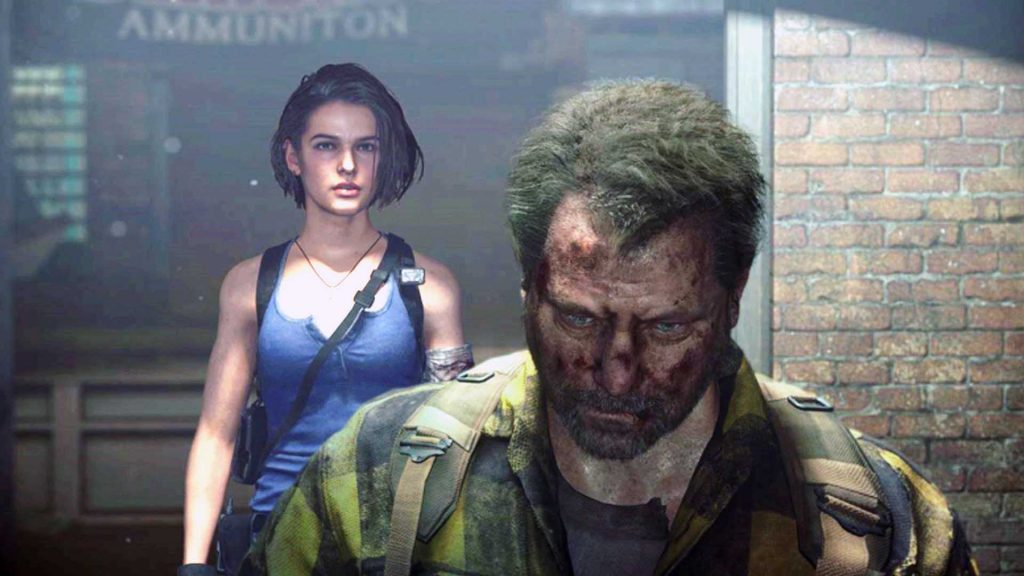
On the opposite side of my own argument, however, I can acknowledge that digital gaming has done me an immense favour. Titles like ‘Resident Evil 3’, ‘Grand Theft Auto V’ and ‘Batman Arkham Knight’ on Xbox One’s digital console may not physically be on my shelf but will remain with me whenever I need them. And my original Final Fantasy VII and Metal Gear Solid purchases from 2008/9 remain – to this day – on my PSN account, whenever I need to re download them. Circumstances over time have meant that there have often been occasions when I’ve needed to sell a console or material to pay essential bills; and having that digital account preserved for future use has been huge relief, not just on my wallet!
I could therefore argue that I have owned these titles for 12 years, far longer than any other physical game I still have today. I was upset about having to repurchase ‘Final Fantasy VII’ on the Xbox One (the 2019 port of the game) to play the same title I loved on another system – but this was my choice, and allowed me to once again experience an improved functionality and timings added with the latest revision.
The second-hand marketplace, however, very much has its place. Being able to browse titles in a store like CEX allows for me to discover, in much the same way as another gamer might browse the sale section of the digital shop; what is new to me and worth a cheap purchase.
In 2018 I bought a copy of the ‘Arkham Collection’ on Xbox One and needed to return it, owing to a broken disc – another unfortunate side effect of physical titles – but as CEX themselves do not take any account for the codes or digital content that might available in the box of your purchase, I had already attempted to redeem these, finding to my surprise that they were all valid. Subsequently, I had returned a title worth £20 to me for a full refund, but the codes earned from this experience were valued at £36. Proving it always pays to check the codes.
And whilst some may also argue the high street itself is dying, and this could be argued to be true, the advent of Internet shopping in its place means that gamers are still very much given the choice between physical and digital gaming. It does not necessarily have to be on the shelves of your local gaming store (provided you even have one) to be purchased in a physical format.
In recent years, physical gaming has fought back, with companies like Play Asia and Limited Run Games producing physical copies of titles in specific numbers as their USP – allowing those who want to purchase the game physically to do so – but not limiting the games scope or fanbase.
Additionally, by producing games in such limited numbers, it generates hype around a title, sells for a concentrated period at a fixed price (to a largely committed and dedicated audience) and saves on the immense shipping costs otherwise associated with producing so many more titles for the manufacturer and online retailers. Limited Run Games fluctuate in price, as you would expect, and second-hand sale and trade is by no means discouraged either, meaning there’s always a market for those titles.
Ultimately, I love and accept my new Xbox and I really like the convenience and the ease of digital gaming, particularly with current world events. But I will never rely solely on digital titles, as physical gaming represents such a huge part of my gaming memories, from those days on the Commodore, to current respite with my PS Vita.
Whilst I suspect I already know the answer, I’d be curious as to whether a younger generation of gamer, without those physical memories and limitations; will still have such a nostalgia and place such importance on physical gaming. It is always going to be cheaper to avoid a bricks and mortar store, and it is always going to be cheaper to buy digital content.
But in my mind, a healthly mix, of both physical and digital, is enough to ensure even the most casual gamer can make the most of their favourite pastime.

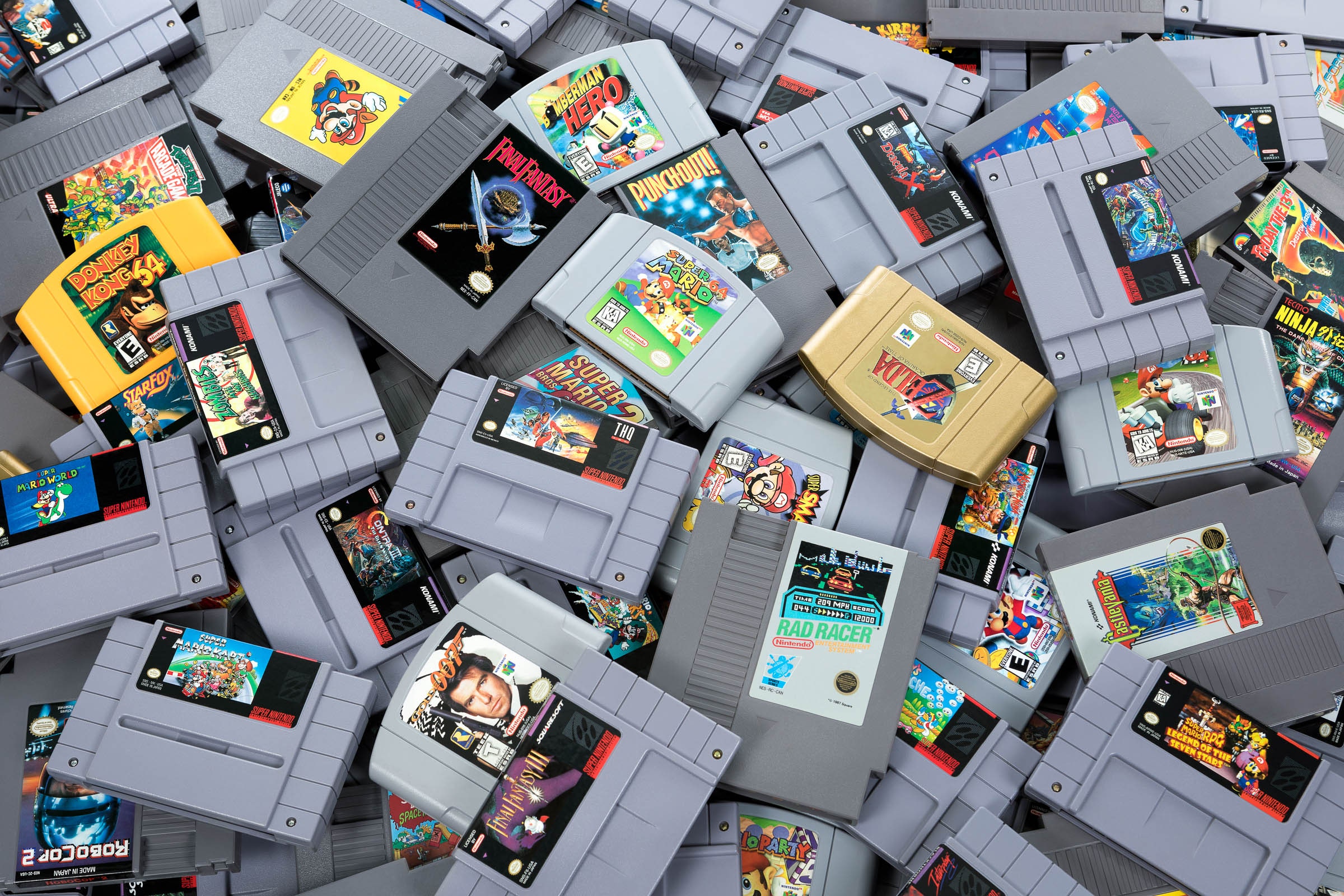

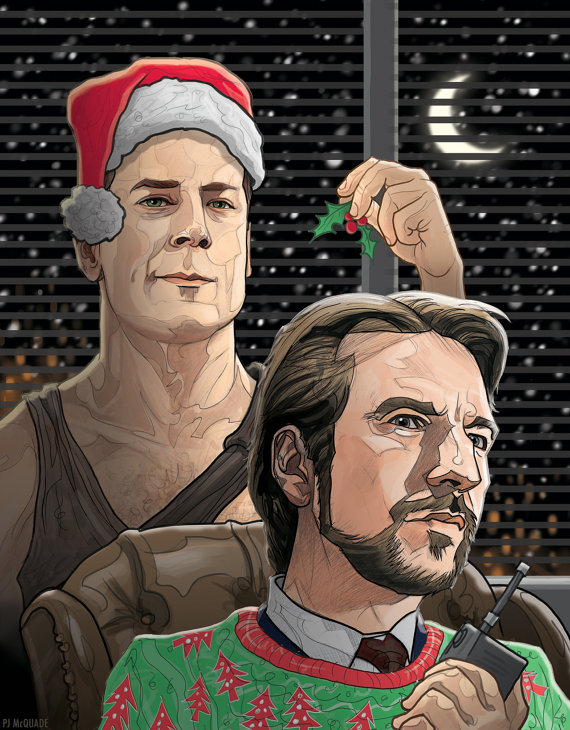
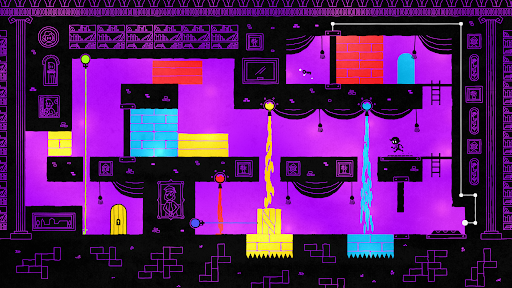
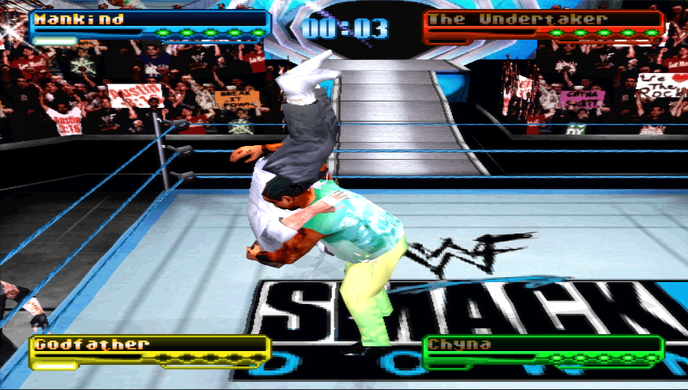
Recent Comments: